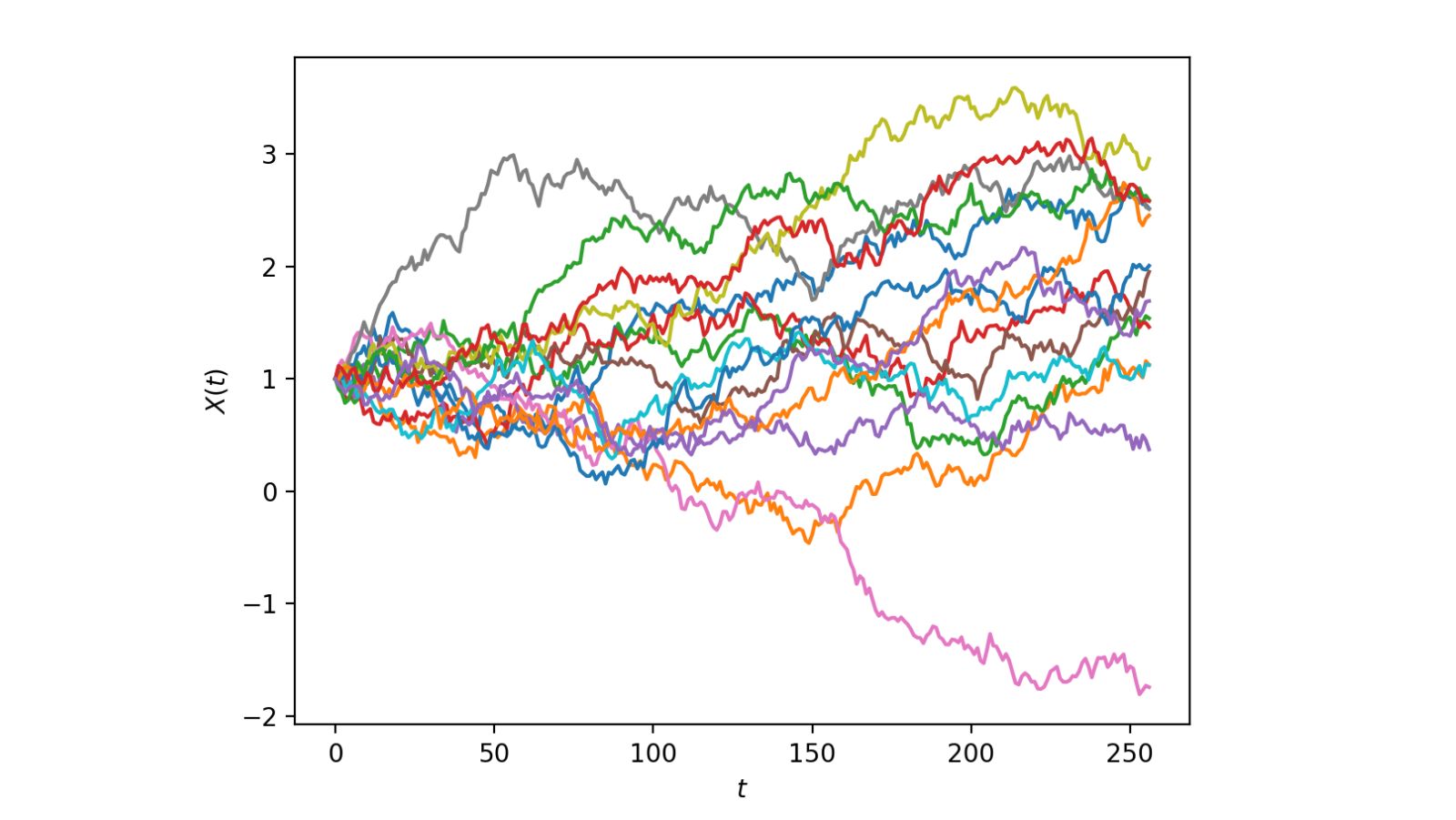
November 29th 2023
A numerical scheme for SDEs with distributional drift
Luis Mario Chaparro Jáquez
Link to Join MS Teams Talk
This talk will be broadcast at 15:00 GMT 29th November on MS Teams only.
Meeting ID: 393 527 089 878
Passcode: dsm7py
Abstract
Stochastic differential equations (SDEs) hold a significant importance thanks to their practical applications and intriguing mathematical characteristics. Just as regular differential equations often they lack exact analytical solutions, necessitating the use numerical methods to find their solutions. However employing numerical methods introduces the critical challenge of verifying the faithfulness of obtained solutions to the underlying stochastic process.
The Euler-Maruyama method is arguably the most widely adopted approach for solving SDEs making it interesting to extend its applicability to a broader spectrum of SDEs. We are concerned with those equations which have a distribution (generalised function) as their drift coefficient. The study of SDEs with such low regularity in their coefficients has gained interest very recently and the literature on corresponding numerical methods remains sparse.
Our contribution is twofold: First we find a theoretical rate of convergence for the Euler-Maruyama method and secondly, we implement the numerical scheme to compare our results.
This is a joint work with Elena Issoglio (Università degli Studi di Torino) and Jan Palczewski (University of Leeds).
About Luis
Luis is currently a second year PhD Student under the supervision of Elena Issoglio and Jan Palczewski. He completed his undergraduate studies on Engineering Mathematics in the Universidad Autónoma de Chihuahua, in Chihuahua, México on 2020. During his undergrad, he developed an interest in computing and pure mathematics, in particular in probability theory and mathematical analysis. His current work is on the theoretical analysis of numerical schemes for SDEs and McKean-Vlasov SDEs with distributional drift. Additionally to his PhD project he works as a Tutor for The Brilliant Club, helping students from under-represented backgrounds to access higher education. On his personal website, he occasionally talks about his research and other interests.
Similar Talks
- January 31th 2024 › Jiaming Chen › New stochastic Fubini theorem of measure-valued processes via stochastic integration
- More ›
SDES
published
